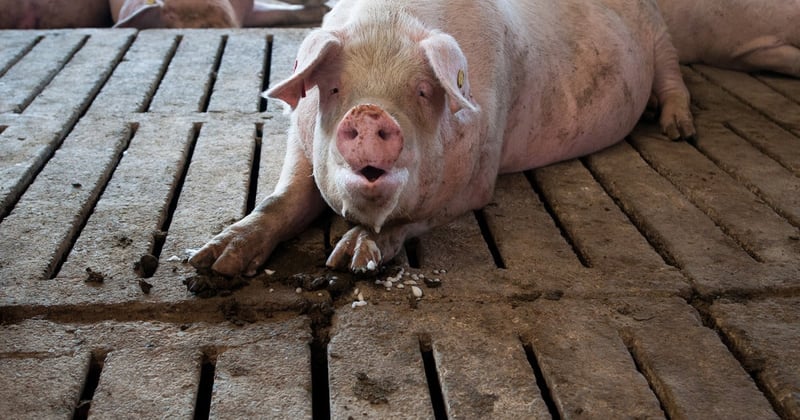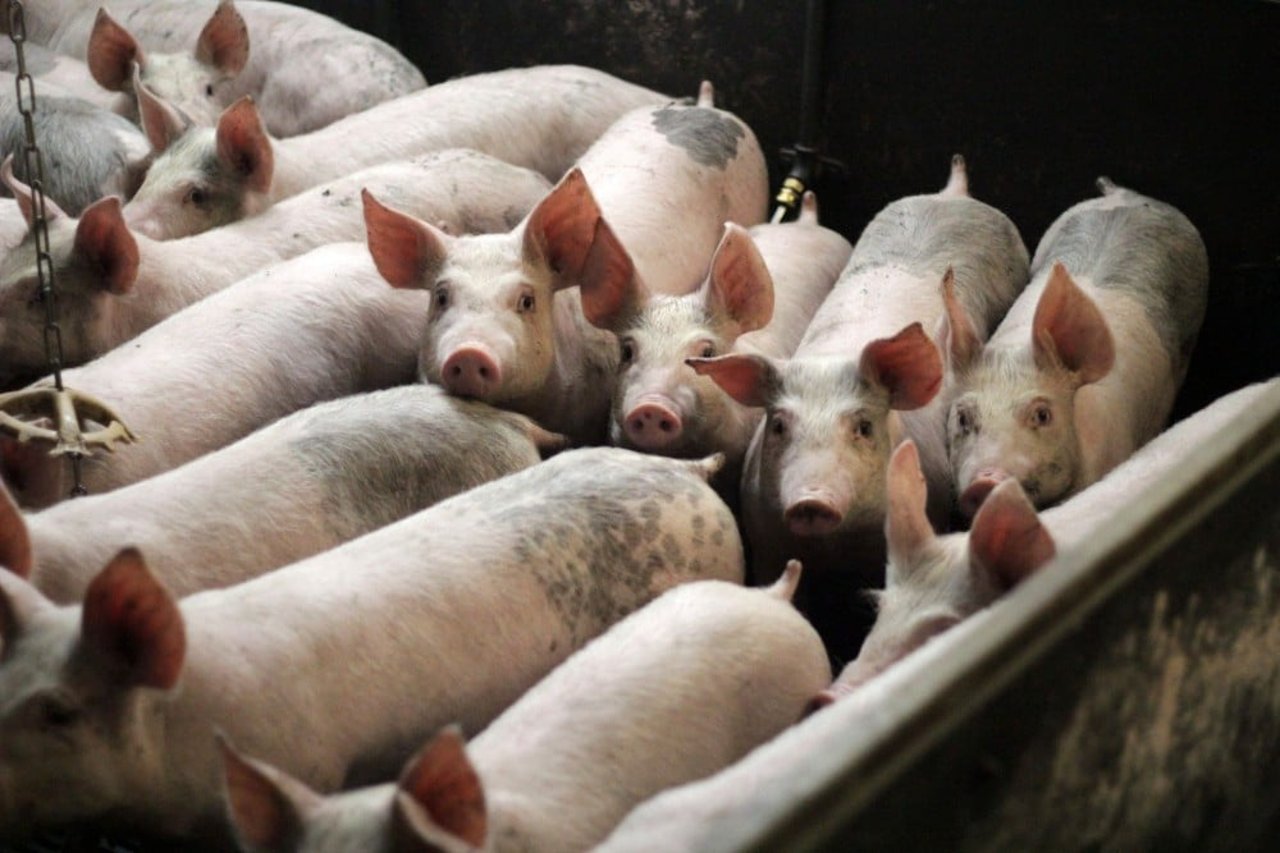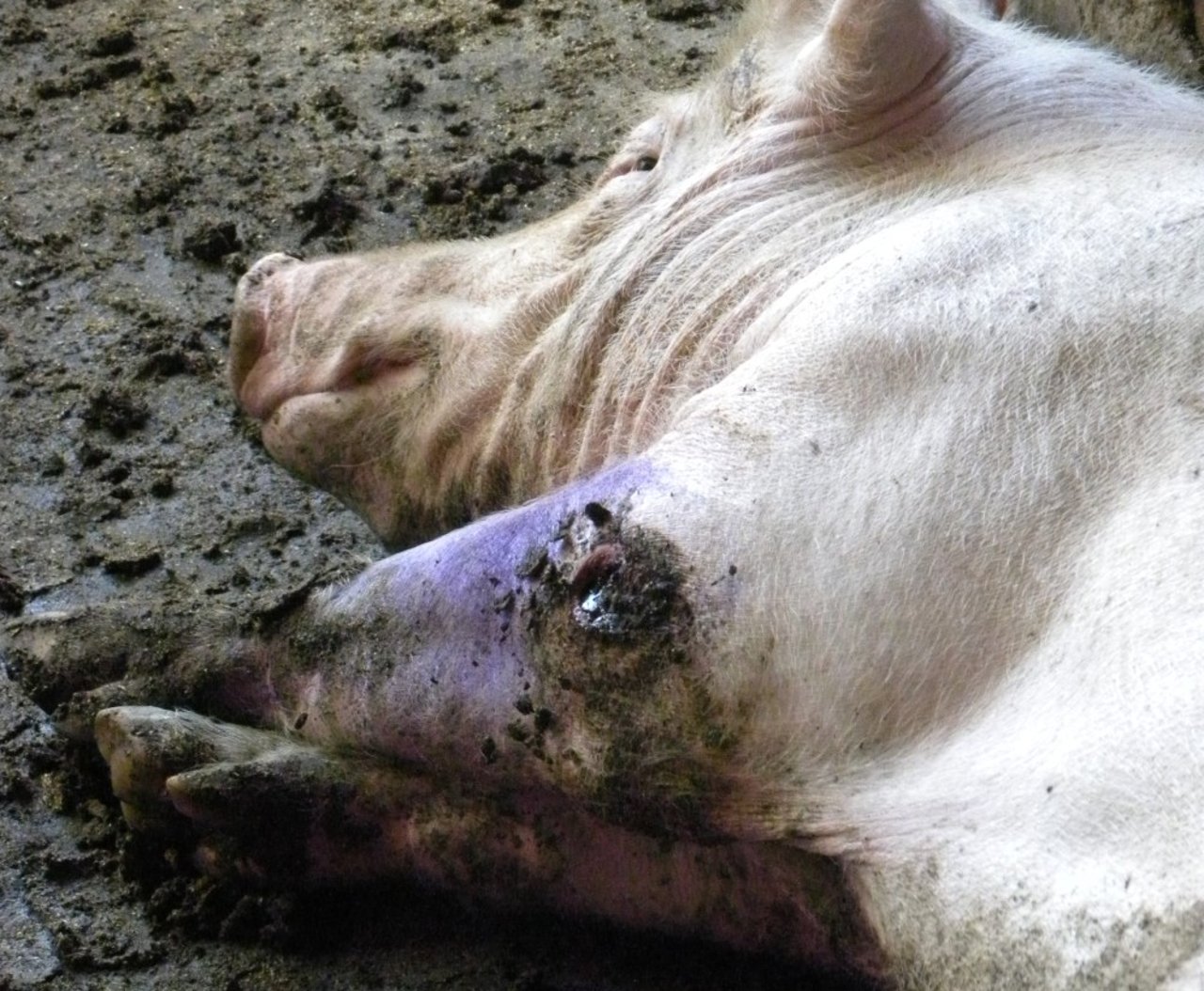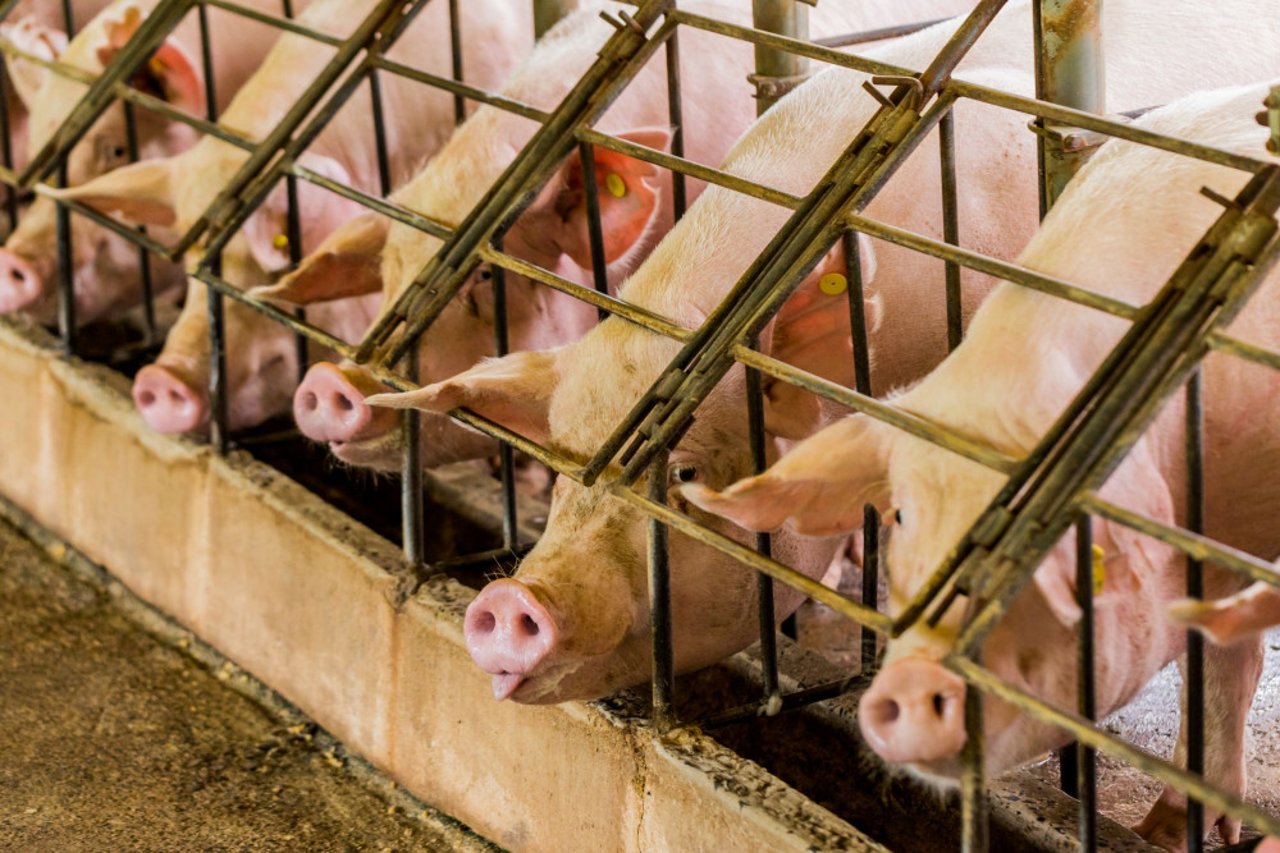
You may have seen the stories in the news; a highly contagious virus fatal to pigs (but harmless to humans) called African Swine Fever (ASF) is spreading throughout East Asia.
Since August, at least three million pigs have been culled – killed by producers in an effort to stop the virus – in China and Vietnam and the virus has also been discovered in Mongolia, Laos, and Cambodia.
Projections estimate that 200 million pigs in total are expected to be killed before the end of this year because of the virus.
ASF is not a new virus and it impacts smallholder farmers and intensive operators alike. But the sheer scope and rate of the current epidemic as well as the outrageous number of animal deaths are directly related to the scales of production we see today.
It is widely recognized that conditions on intensive farms provide opportunities for pathogens to mutate and become more virulent. Diseases are likely to spread quickly through densely concentrated groups (just think of all the stories about entire cruise ships getting sick from the same flu bug). In normal conditions, highly virulent diseases are likely to kill their host before they can be transmitted to another.A crowded pig barn is an ideal environment for rapid transmission.
Moreover, pigs on intensive farms may be more susceptible to illness. Their immune systems may be compromised due to the extreme stress of crowding and confinement, lack of natural light, fast growth rates, large litter sizes, and lack of genetic diversity.
Breeding for productivity traits at the expense of health and housing pigs in densely populated barns permits more virulent pathogens to thrive. Confining thousands of animals together also means more animals are affected by each emergence.
The millions of pigs that have been and will be killed this year because of the current epidemic is a tragedy. This reality is made even more heartbreaking by reports that large numbers of pigs have been culled in a horrific manner in outbreak areas, including being burned or buried alive. There is no excuse for cruelty on farms, during routine slaughter, or in emergency response practices. It is vital that pigs are rendered unconscious before they are slaughtered to avoid unnecessary pain and distress.
ASF has not yet emerged in North America and U.S. industry is taking every precaution against it, including cancelling the annual World Pork Expo this year and increasing biosecurity measures. It is important, though, to recognize the role intensification plays in increasing the impact of ASF and other diseases when they do emerge. U.S. producers must implement strategies that eliminate crowding, reduce stress, and promote immune system health, such as open group housing, enrichments, and later weaning. They must also ensure animals are treated humanely at all stages, including during health emergencies.
The 150 million pigs raised in the US each year are worth protecting.
A bit more on African Swine Fever…
ASF is endemic to sub-Saharan Africa, affecting wild boars long before the first documentation of its presence in domestic pig farming in the 1920s. It first emerged outside of the African continent in Portugal in 1957, followed shortly by Spain. It took Spain until 1995 to fully eradicate the virus from its industry. ASF emerged prominently again in southern Africa around 2005, followed by outbreaks in eastern Europe in 2007. The United Nations has suggested that the jump to Europe occurred when food waste containing pork was dumped from a ship visiting Georgia. Local free-roaming pigs likely ate the dumped food, and 30,000 pigs died within weeks of the event. Various outbreaks occurred across Europe for the next decade, but it was not until reaching China’s intensive production in 2018 that the impacts of the disease reached a scale worthy of consistent headlines.
Regardless of scale, ASF is extremely difficult to manage.
- It can be transmitted to healthy pigs through several pathways: by direct contact with an infected pig, on pork products, via contaminated feed and water, and by contaminated clothing, equipment, or vehicles entering a farm. According to Bloomberg, nearly half of the reviewed outbreaks were linked to vehicles and non-disinfected workers, with contaminated feed inputs being the second most common source.
- It can be dormant in pigs for weeks: pigs may be infected with the virus as many as 15 days before they appear sick, spreading the virus to the pigs they live with without any symptoms to indicate a problem. The incubation period means pigs may be transported or slaughtered before ever being diagnosed.
- The virus can survive long periods and extreme conditions without a host: ASF germs remain active in water for a month, in meat and blood at room temperature for several months, and for six years in cold, dark conditions. It can tolerate extreme temperatures and will even survive for a day in strong acids.
- There is no vaccine: efforts to develop a vaccine have been unsuccessful. The DNA of the virus that causes ASF is far more complex than many others (even Ebola), making it highly adept at evading immune system responses. The most promising vaccine was developed in the 1960s to address the outbreak in Spain, but although vaccinated pigs survived it resulted in them having a chronic, debilitating, and disfiguring form of the disease.


